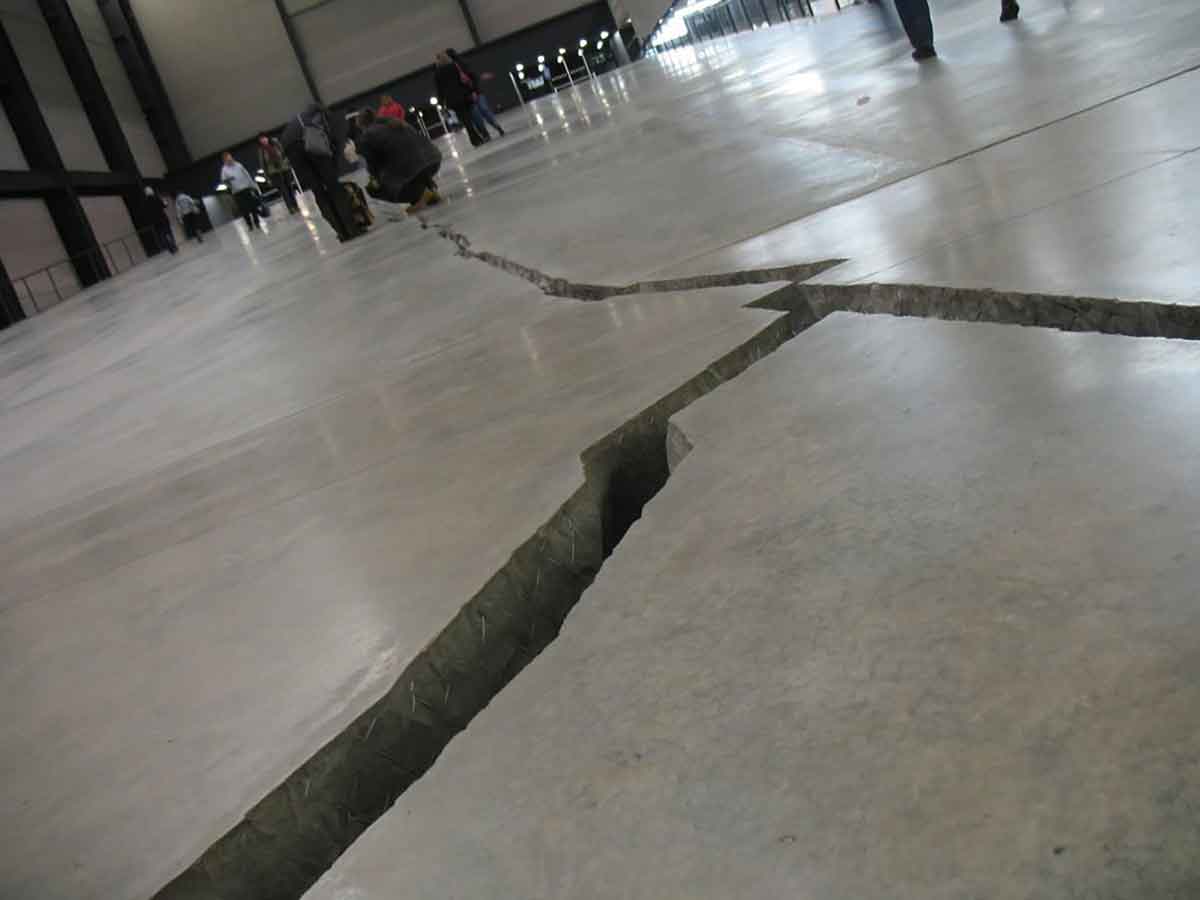
How the cold and wet climate affects seismic activity
A recent study by the National Institute of Oceanography and Experimental Geophysics - OGS, published in Frontiers of Earth Science, analysed the timing of the strongest earthquakes (magnitude 5.8 to 7.1) that have occurred along the Apennines since 1901 in relation to variations in soil moisture, providing new statistical evidence for the synchrony between periods of wet climate and earthquakes. Seismic events are caused by movements of the Earth's crust and the resulting accumulation of stresses that cause it to fracture. Rainier climatic periods lasting a few years would lead to an accumulation of water in the subsurface and an increase in pressure near the faults, favouring the development of seismic events.
The phenomenon has been known for decades in the context of single earthquakes or small seismic sequences triggered by the formation of basins or flooding events. Recent work by the OGS, such as the one just published, underlines the persistence and systematic nature of the phenomenon in large areas of high seismic risk. In particular, in Italy, along the Apennines and the Veneto-Friuli Prealps, the effect would be amplified by the karst nature of the area.
The phenomenon was highlighted in another study on Southern California, where a drastic decrease in seismicity has been observed in line with the drought of recent years. The published studies focusing on areas with strong earthquakes seem to indicate that the impact of precipitation on the occurrence of seismic events is not episodic and marginal, but a key element to be taken into account in the evolution of seismicity.
